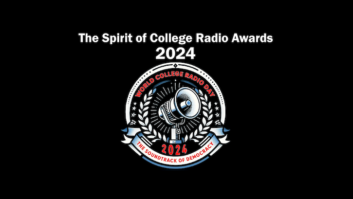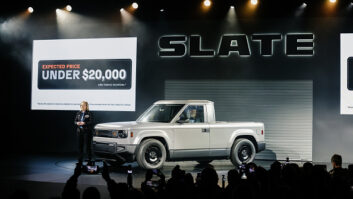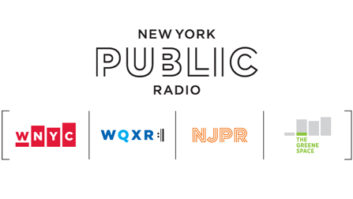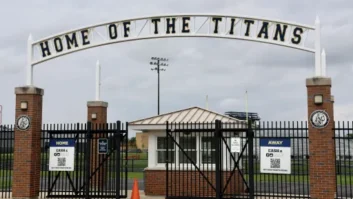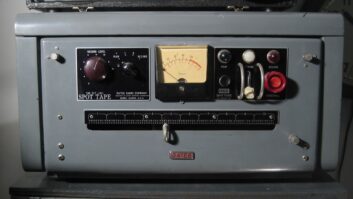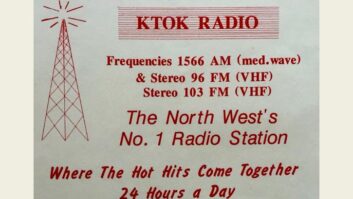During the European Radio Show, Radio France, in collaboration with Caméon and Worldcast Systems, gave the first public presentation of the new RDS2 file transfer specification RFT defined within the RDS Forum in October 2018.

For the presentation, a Caméon receiver capable of decoding RFT and a Worldcast Systems’ RDS2-ready RDS encoder were used to present Radio France programs and additional information.
Objectives of this demo included:
- The ability to display the station logo of Radio France program FIP and to accompany the station’s musical radio program, showing that was fully synchronized with the songs being played;
- To complement FIP’s program with texts (the artist name, song title, length of piece, along with any additional text;
- To provide an electronic program guide (EPG) for programs from France Inter, France Info, France Culture, France Musique, Mouv and FIP, showing current event, as well as the following three;
- The display a long PS name comprising up to 32 characters.

Pictured from left are David Jaillet and Laurent Michel, Caméon engineers who developed the RDS2 test receiver used in the demo.
All cover art, texts, and EPG files were distributed on the three upper data streams using the RFT protocol. The EPG could be accessed via the Caméon receiver through a menu on the tactile interactive screen. During the presentation, FIP played mostly short popular music with short news items once per hour.
During the demo, the same radio program was also broadcast as an internet radio stream with the same cover images and metadata that was being displayed on the FM/RDS receiver from Caméon.

The FIP website was displayed during the demo to ensure that the cover art image and respective musical items were aired in sync. For the demo, the cover art of the following track was always sent using FTP to the RDS encoder. The file size was reduced to 240 x 240 pixels per inch, which yielded file sizes of about 10 KB.

Using all three RDS upper subcarriers at once, the transmission time over RDS took about one minute. This provided ample time to synchronize the image display with the music that was being played. Radio France’s central data server triggered the signal to show the buffered image on the left side of the receiver’s display.
The presentation successfully demonstrated to attendees that it is possible to achieve perfect synchronisation between the cover art display with the corresponding music.
